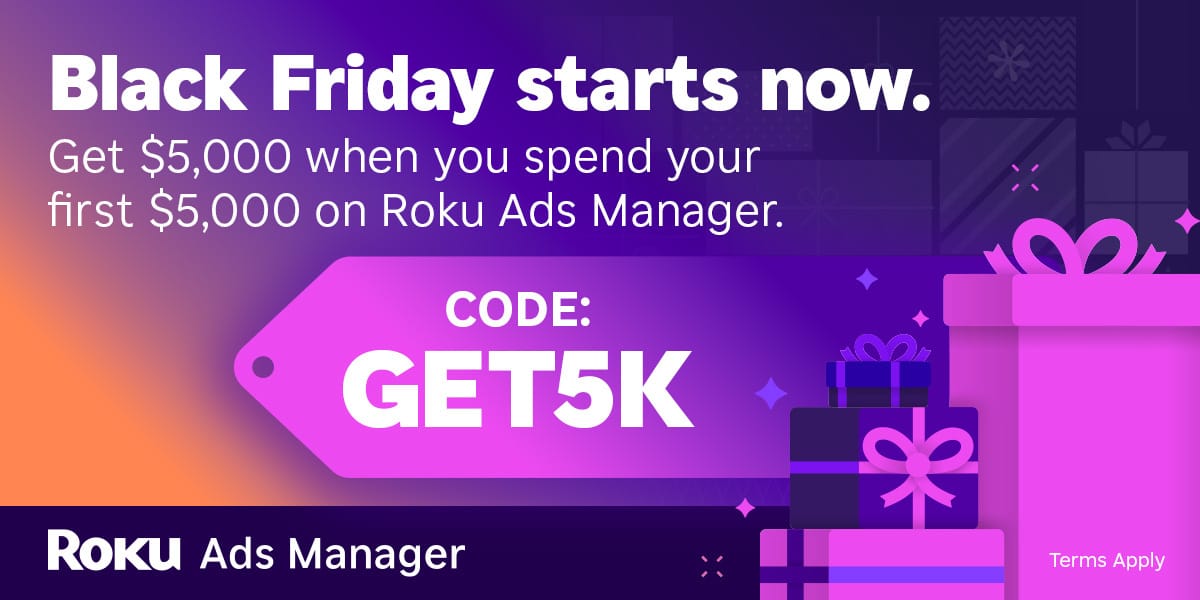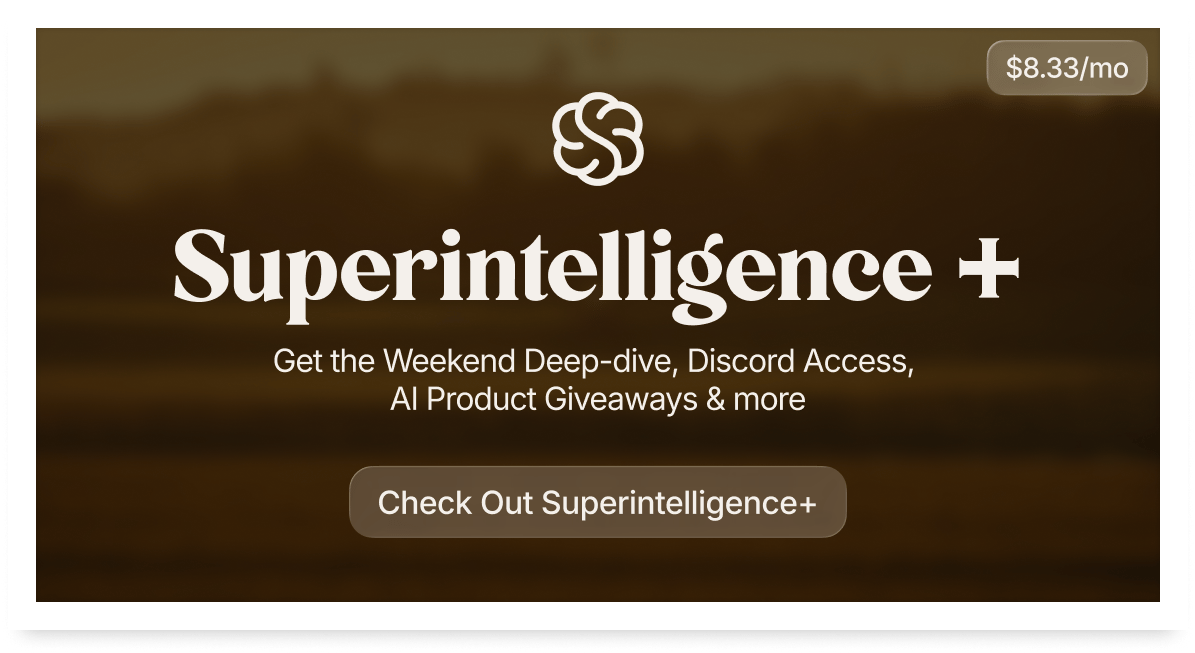
Dear Readers,
The ground under AI is shifting faster than the headlines can keep up: regulators are quietly loosening guardrails, hyperscalers are pledging to double serving capacity every six months, and a new generation of frontier models is forcing companies to rethink which lab they bet on. When the EU experiments with rolling back parts of the AI Act and GDPR, Google chases a 1000× infra ramp, and Gemini 3 suddenly looks like a tier-1 challenger, the real question isn’t just who ships the smartest model – it’s who ends up owning the rails of the next economy.
In this issue, we follow that power shift across the stack: from Brussels’ softer stance on AI and privacy, to Google’s capacity surge and Gemini 3’s impact on the model leaderboard. We zoom in on the human cost with a featured story on AI-driven layoffs, then flip to the money flows: an AI startup eating junior bankers’ workflows, Brookfield turning AI infrastructure into a macro asset class, and the ECB putting AI bubbles and cyber risk on its supervisory radar. Sprinkled in are today’s prompt, chart, video, and rumor – small signals that, together, sketch where this wave is really heading; if you want to see how regulation, capital, and capability collide in real time, read on.
In Today’s Issue:
✂️ AI-driven automation accelerates job cuts
🏦 Model ML raises $75M to automate junior bankers' tasks
🏗️ Brookfield launches a $100B AI infrastructure program
🇪🇺 The ECB warns about AI bubble risks and surging cyber incidents
✨ And more AI goodness…
All the best,

Kim ‘Chubby’ Isenberg



EU Softens AI & Privacy Guardrails
The EU AI Act and the General Data Protection Regulation (GDPR) are being significantly rolled back by the European Commission - Europe is proposing to allow AI-training on anonymized/pseudonymized personal data, ease cookie-banner requirements, extend deadlines for “high-risk” AI systems, and simplify documentation for smaller firms. This shift comes amid pressure from big tech and the US, as Brussels responds to concerns that its tough tech rules are stifling innovation and economic growth.

Google Commits Massive AI Capacity Surge
At a recent internal meeting, Google’s AI‐infrastructure lead Amin Vahdat revealed the company plans to double its AI serving capacity every six months to keep pace with demand, aiming for a ~1000× increase in 4–5 years. The scale of this growth reflects the intense infrastructure race in AI- implying huge investments in data centers, custom silicon, and efficiency crusades.

Gemini 3 Shifts AI Momentum
Google’s new Gemini 3 is landing with unusually strong early feedback: developers report major jumps in coding, design generation, and instruction-following, with Sourcegraph switching its default model from Anthropic to Google after seeing a 17-point performance lead over Claude Sonnet 4.5. Andrej Karpathy calls it “tier 1,” and the model launches at 25% lower cost than Sonnet 4.5, though still pricier than GPT-5.1. The big surprise: Google claims the huge leap came mostly from better pre-training and post-training, pushing back against the idea that pre-training gains are tapped out—and hinting that some scaling struggles (like OpenAI’s recent bottlenecks) may be more lab-specific than fundamental.


Full interview: Google CEO Sundar Pichai on the ‘AI boom’ and the future of AI



AI-Driven Job Cuts Surge
The Takeaway
👉 AI-driven automation is already bringing major job cuts — nearly 50k they’re explicitly calling out for AI.
👉 It’s not just "AI will replace jobs someday" anymore; the large firms are using AI as a justified cost-reduction tool today.
👉 For AI practitioners: designing systems with awareness of downstream workforce effects isn’t optional - it’s necessary.
👉 For policy, business and tech: secure and ethical transitions matter—work redesign must go hand in hand with tech redesign
A crisp new wave of layoffs is rippling through the tech world, and this time the culprit isn’t just market exhaustion - it’s raw automation. According to a late November report by the Los Angeles Times, companies in the U.S. cited artificial intelligence in the elimination of 48,414 jobs this year, with 31,000 announced in October alone.

Here’s the scoop: major players are attributing staff reductions to “AI and automation” - in simple terms, software agents and bots replacing repetitive human tasks. For the AI-community, this isn’t just another headline: it’s a real-world signal that the transition from proof-of-concept to mass deployment is happening. The value? If you’re building or studying AI systems, you now have a clear arena where your models directly influence workforce structure, economics and ethics.

Why it matters: It highlights a tangible shift: AI isn’t a future hypothesis - it’s affecting jobs now. For builders, analysts and commentators in the AI space, this is the moment to engage with real-world consequences.
Sources:
🔗 https://www.latimes.com/business/story/2025-11-20/ai-cited-in-close-to-50-000-job-cuts-as-tech-giants-accelerate-automation
🔗 https://www.resumetemplates.com/4-in-10-companies-will-replace-workers-with-ai-in-2025/


Find your customers on Roku this Black Friday
As with any digital ad campaign, the important thing is to reach streaming audiences who will convert. To that end, Roku’s self-service Ads Manager stands ready with powerful segmentation and targeting options. After all, you know your customers, and we know our streaming audience.
Worried it’s too late to spin up new Black Friday creative? With Roku Ads Manager, you can easily import and augment existing creative assets from your social channels. We also have AI-assisted upscaling, so every ad is primed for CTV.
Once you’ve done this, then you can easily set up A/B tests to flight different creative variants and Black Friday offers. If you’re a Shopify brand, you can even run shoppable ads directly on-screen so viewers can purchase with just a click of their Roku remote.
Bonus: we’re gifting you $5K in ad credits when you spend your first $5K on Roku Ads Manager. Just sign up and use code GET5K. Terms apply.



AI Startup Automates Junior Bankers’ Grind
London- and New York-based startup Model ML has raised $75 million to build AI tools that automate pitch decks and due-diligence work, directly targeting the “grunt work” of junior investment bankers. By compressing high-fee, labor-intensive workflows into software, this could reshape cost structures in advisory, shift bargaining power toward elite dealmakers, and pressure banks to rethink hiring pyramids and training models.

Brookfield Turns AI Infrastructure Into a Macro Asset Class
Brookfield Asset Management has launched a $100 billion AI infrastructure program, anchored by a $10 billion equity fund already half-committed by partners including NVIDIA and Kuwait’s KIA, to finance everything from power and land to data centers and GPU clouds. Treating AI infrastructure as a unified, long-duration asset class marks a structural shift: it could rival utilities as a destination for yield-seeking capital and rewire how global credit and equity markets price the AI build-out.

ECB Puts AI Bubble Risks and Cyber on Its Supervisory Radar
In its latest SREP review, the European Central Bank warns about risk concentration in richly valued AI stocks and a doubling of cyber incidents in banks, explicitly linking both trends to rapid advances in AI. By signalling tougher scrutiny on AI-driven market exuberance, cybersecurity and emerging stablecoins, the ECB is preparing the ground for stricter capital, cyber-resilience and crypto rules—moves that could reprice bank equity and subtly affect future monetary-policy transmission.







